Ongoing Research
Learn more about AirGradient’s research - including our extensive co-location project with top universities and institutions worldwide.
This is the section where our competitors tend to brag about their awards, collaborations, and show a flashy display of company badges with whom they’ve worked. Don’t get us wrong - we have those, too, but we want to focus on what makes the Open Air Max a truly unique air quality monitor for professionals.
When it comes to air quality monitoring, accuracy is the most important factor. For this reason, we prioritise science and ongoing research to ensure we have the best-performing monitor possible. We believe in science so much that we have a science team but don’t hire any marketers.
The Open Air Max is totally open source with an open design. This means you can modify both the hardware and firmware to fit your exact deployment needs. Furthermore, this makes our monitors repairable and easily maintainable - all without proprietary components or ‘cartridges’.
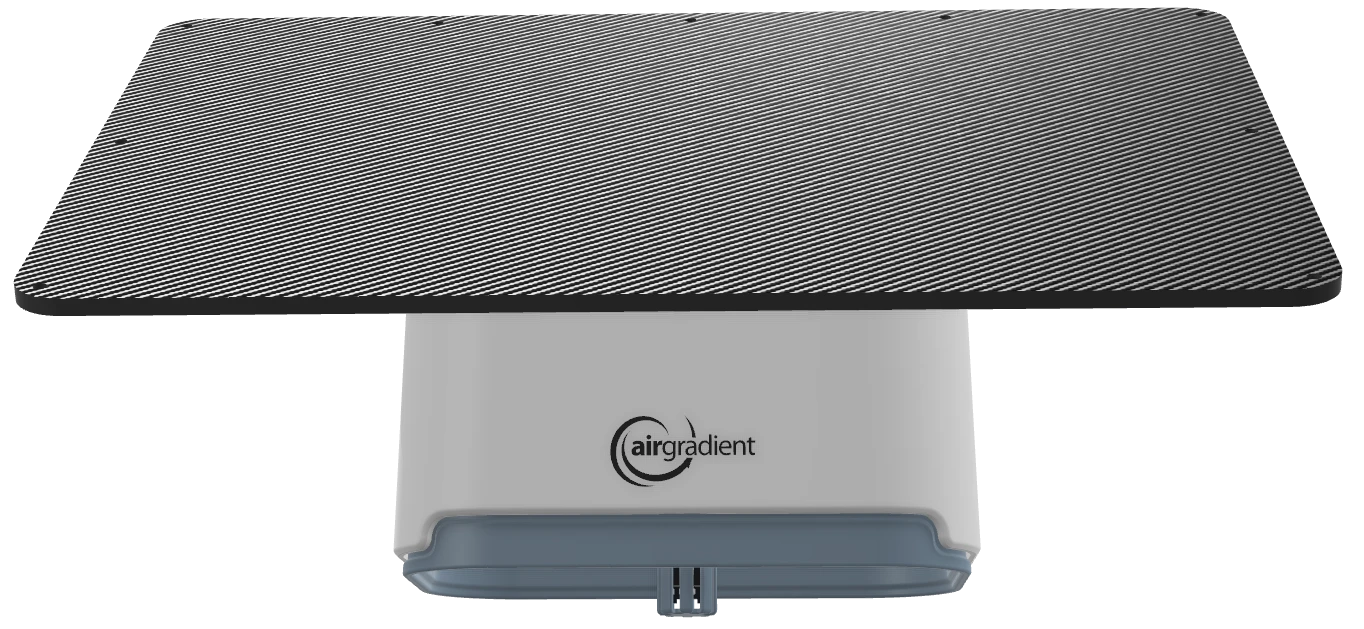
By being open source, our monitors are inherently transparent. However, we go above and beyond this. All of the algorithms we apply to monitors are open, and published on our website. There’s no place for non-transparent data in air quality.
Not only does our monitor cost three times less, or even five times less than some competitors - despite using the same technology - but we also have no lock-in and our dashboard subscription is entirely optional. This can also be cancelled at any time, and our monitors will continue to work.
Below is the technical data of the default version of the Open Air.
| Specification | Description |
|---|---|
| Model | O-M-1PPSTON-CE (AirGradient Open Air Max) |
| Microcontroller | ESP32-C6-WROOM-1 |
| WiFi | 2.4GHz IEEE 802.11 b/g/n-compliant |
| Cellular | 4G connectivity (LTE Cat 1) |
| Extensions | Broken out on PCB: I2C, 3 GPIO |
| Peripherals | Status LED, Push Button, Power Button, USB C Connector |
| External Hardware Watchdog | Texas Instruments TPL5010 |
| Particle Sensor Module | x2 Plantower PMS5003 (laser scattering principle). Accuracy: PM2.5 ±10% @ 100–500 µg/m3, ±10 µg/m3 @ 0–100 µg/m3 (PM1 and PM10 are also measured, but PM2.5 has the highest accuracy). |
| Temperature and Humidity | Sensirion SHT40. Accuracy: Temperature ±0.2°C @ -40 to +125°C; Humidity ±2% RH @ 0–100% RH |
| CO2 Sensor Module | SenseAir Sunlight (NDIR). 0 to 5,000 ppm. Accuracy: ±50 ppm ±3% |
| TVOC/NOX Module | Sensirion SGP41. Accuracy: TVOC < ±15 @ 0 to 500 VOC Index; NOX < ±50 @ 0 to 500 NOX Index. |
| NO2 Sensor | AlphaSense A43F (Electro-Chemical) |
| O3 Sensor | AlphaSense A431 (Electro-Chemical) |
| Enclosure | ASA Plastic, UV Resistant and Weather Proof |
| Mounting Options | Wall or pole mounting options |
| Solar Panel | 10 watts (28 x 19.5cm) |
| Battery | ca. 10,000 mAh (3x18650 cells, user replacable). Might not be included due to shipping regulations. |
| Certifications | CE, RoHS, REACH, FCC |
Despite our competitors charging many times more than us, our monitors offer the same high-quality sensor modules, but they differ where it matters. There’s no point spending more when the technology is the same.
| Where we are the Same or Better | Where we Differ |
| Sensor types (and technology) | Open Source (hardware, firmware, algorithms) |
| Accuracy | Transparent (data, pricing) |
| Support | Affordable |
| Connectivity | Ready to Scale |
| Repairable (Non-Proprietary Components) | |
| No lock-in with Cartridges or Subscriptions | |
| Regular Updates and Improvements | |
| In-house Science and Public Health Experts | |
| World Class Customer Support |
Many wonder how we can offer such a device at a fraction of the costs compared to what is currently on the market.
The main reason is that the units have been engineered from the ground up to scale. By offering a high-quality product at a much lower price, we can sell many more units and thus cover our fixed R&D and overhead costs.
Our design also avoids unnecessary complexities, and by developing everything in-house with our assembly in Thailand, we can be very cost-competitive. We also sell directly to the end customers, thus avoiding an expensive middle layer.
Finally, we are in the business of making an impact and do not optimise to squeeze out the last drop of profit. By making a professional air quality monitor accessible for the first time with a sub-USD 1000 price point, we are enabling communities, often in the worst-hit areas of air pollution, to gather meaningful information about their air quality.
Both the AirGradient Open Air Max and the AirGradient dashboard are ready to scale. No matter how many monitors you need for your deployment, we have the infrastructure to support it. With our affordable pricing, the Open Air Max is also much more scalable, giving higher-resolution insights at a much lower price.
As the Open Air Max uses the same dashboard as other AirGradient monitors, the Open Air Max can also be combined with lower-cost Open Air monitors to create a dense network of air quality monitors. Match dense Open Air monitors with less dense Open Air Max monitors and reference stations to get the highest resolution air quality insights available at a fraction of the price.
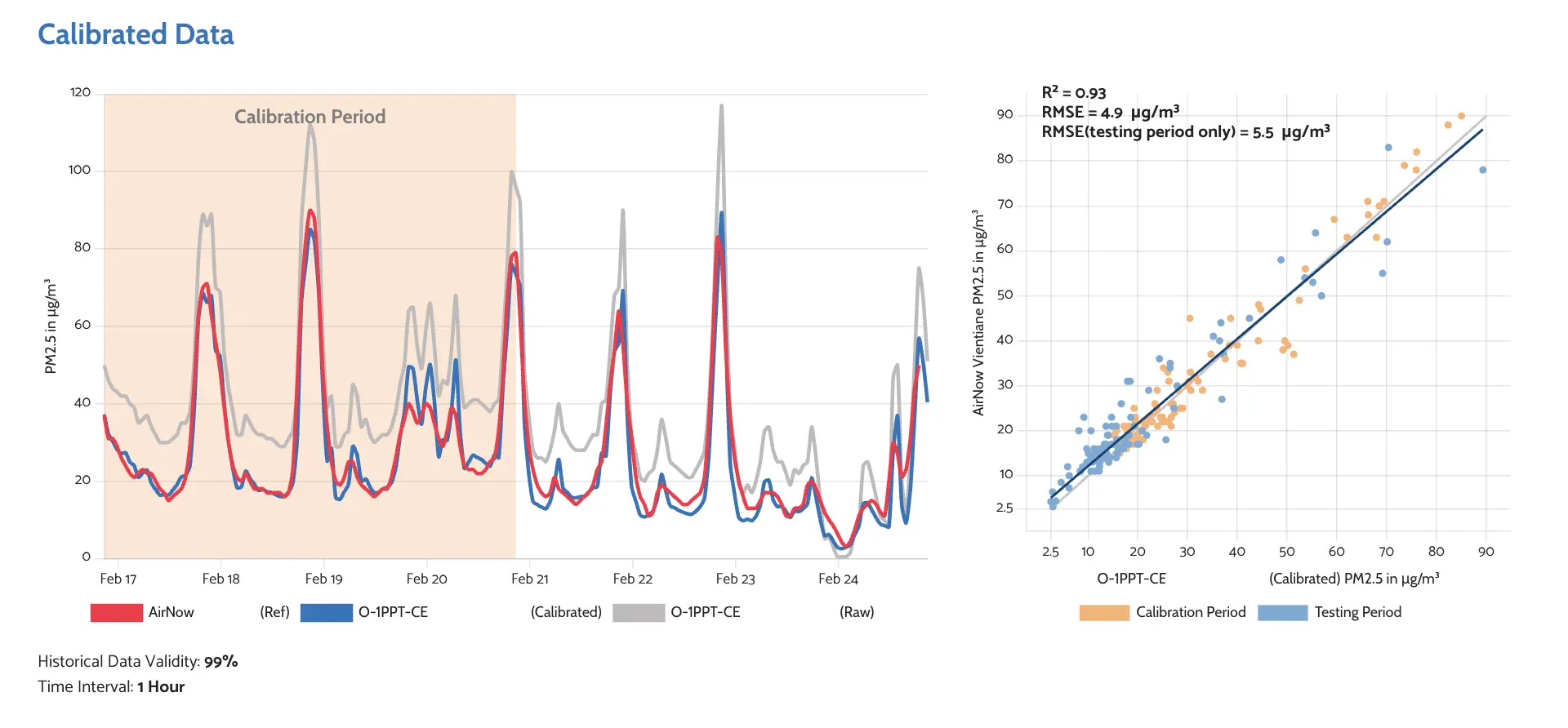
Our monitor works right out of the box but can be further calibrated to improve accuracy, and anyone can easily perform these calibrations. You can align the sensor with a local reference instrument, use public reference data (via OpenAQ or station APIs), or rely on the US EPA’s formula or our in-house calibration parameters from co-locating each monitor with our own Palas Fidas 200 reference instrument.
Unlike competitors that charge a monthly fee for ongoing calibration services, we’ve built our calibration features into the platform and made them openly accessible to everyone. The process automatically extracts and applies calibration parameters, so you don’t need advanced skills or specialized equipment. Simply select which monitors to calibrate, and our tool handles the rest, making it easy to maintain accurate readings without extra costs.
Since the Open Air Max is open-source, you can integrate it into any pre-existing or developing platform. This means the Open Air Max can be seamlessly integrated into organisation, government, or even advocacy group dashboards and websites, allowing for total control.
For any groups who are not interested in developing their own solution, we also offer the AirGradient dashboard with an entirely optional subscription and a great free plan that covers many core features. This powerful dashboard will allow you to access data from the monitor and perform advanced functions such as exporting the data, plotting different locations, and more. Through the dashboard, the monitor can also be added to OpenAQ’s map, allowing for truly open and accessible data.
The AirGradient Dashboard also has built-in features that quickly and easily allow for the display of air quality information on displays such as TV screens and billboards. These integrations allow not only unparalleled access to data but also easy communication.
We also offer an API, which allows anyone to pull data from not just the Open Air Max, but all selected AirGradient monitors into their platform. This allows for unmatched flexibility, and the API is free to use.
Oh, and since we’re being transparent, dashboard subscription costs start at $2 per monitor, per month. However, you can avoid using the AirGradient dashboard entirely if you prefer, and send data from the monitors directly to your own server.

Allowing you to track, analyze, and visualize air quality data with ease, AirGradient dashboard is the perfect companion to our air quality monitors. Experience all these powerful features right now with our Demo Dashboard — no monitor required. Try it out today and see how our solution can help you monitor air quality effortlessly!
LaunchAirGradient has an expert science team led by Dr Anika Krause, who is constantly working on improving the accuracy of all AirGradient monitors. Alongside our in-house science team, we also run over 20 colocations around the globe, with monitors located at many top research institutions.
Our algorithms are open-source and transparent, meaning that they are viewable and adjustable by everyone. Despite using the same components as many competitors, our monitors have some of the best accuracy in the class.
While most companies spend heavily on marketing their products, we believe in investing in research and development and letting our monitors speak for themselves.
Learn more about AirGradient’s research - including our extensive co-location project with top universities and institutions worldwide.
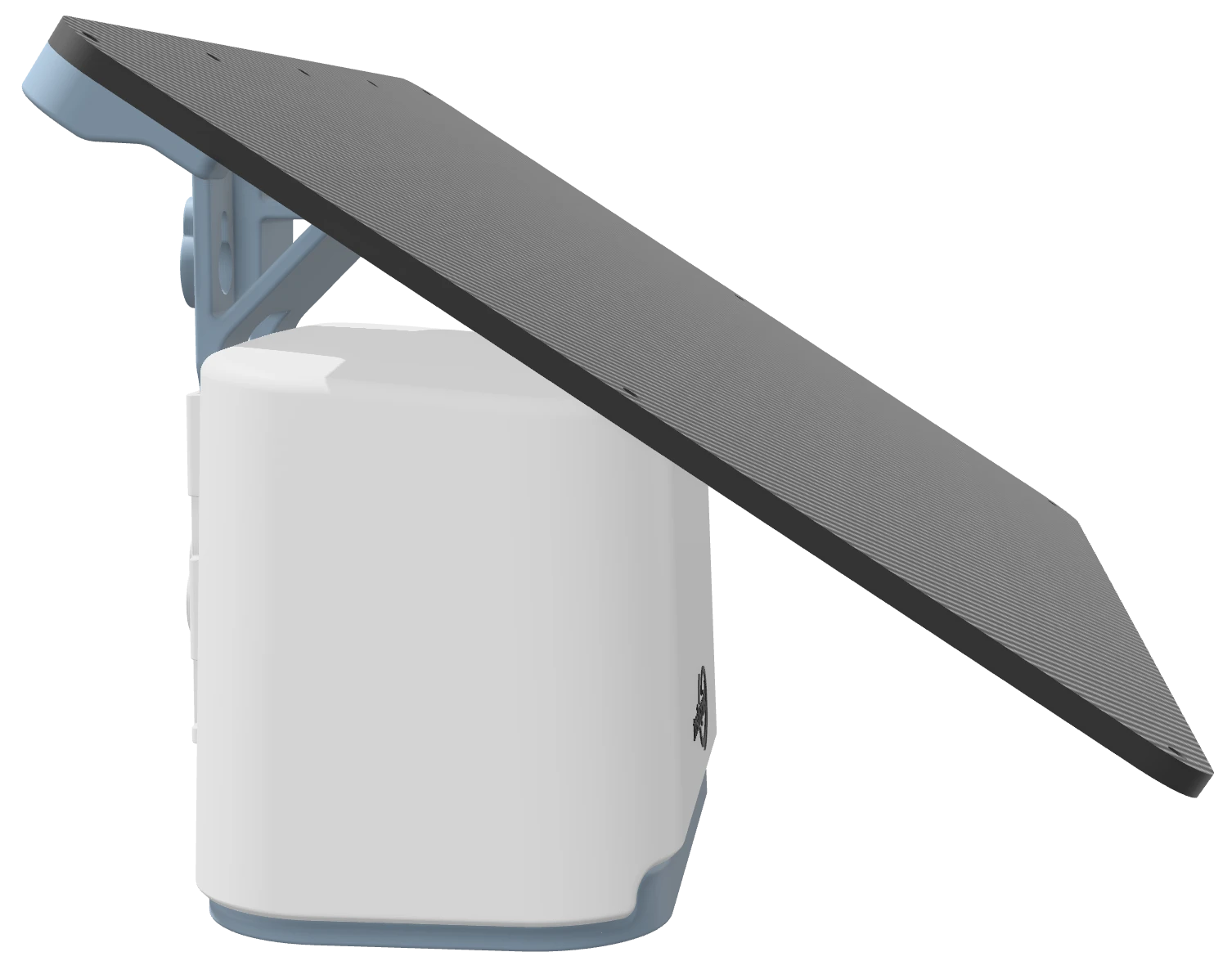
More than 90% of people globally breathe polluted air, and the majority of these are in large cities. Reference-grade instruments are undoubtedly the most accurate air quality monitors, but these are pricey and out of reach for many communities.
Since air pollution is also very localised, this highlights the need for accurate, low-cost sensors that can create dense networks to provide data in high resolution. The AirGradient Open Air Max is ideally suited for this task, and features sensors for four of the five pollutants included in the WHO guideline for air pollution.
With solar power and cellular connectivity, the Open Air Max can be deployed almost anywhere and it is completely self-sufficient. This device isn’t limited by the length of a power cable or the range of a WiFi network, allowing unparalleled deployment options.
We’ve noticed a worrying trend in the industry. More and more companies want to lock into their ‘ecosystem’ of monitors and services, limiting updates and improvements to your air quality networks. Whether it’s through subscriptions or proprietary sensor cartridges, seemingly everyone wants to lock you in. We’ve taken a different approach, and we offer a totally lock-in free platform which allows you to integrate our open source monitors however you need.
Perhaps more importantly, since there are no lock-ins and our hardware and software design schemas are public, your monitors will always function regardless of what happens to AirGradient. Even if our servers are ever taken offline, you will be able to continue using your monitor with other services and platforms. Once you own an AirGradient monitor, it won’t ever be bricked. On top of that, we offer a transparent (optional) subscription starting at $2 per monitor, per month.
If you’re considering purchasing from us, we recommend reading our terms and conditions and privacy policy. What you might not already know is that many companies actually own your data - even if you think it’s yours.
We are different in that we believe you, the customer, should always own your data. As such, we give full ownership and control of your data, and we can’t take that away from you. Combined with the fact that our devices are open source and can’t be bricked, this means your data will always be yours.
AirGradient monitors are already used by many universities, organisations, and advocacy groups worldwide. To achieve this, we have a strong support network covering all aspects from health, to technology, to science. Unlike many companies, we don’t believe in selling a product and then not providing follow-up support.
Instead, we fully emphasise support at every stage of your journey. We offer comprehensive support and can assist with setting up the monitors, deploying them, actively maintaining them, and even providing answers to scientific and health-related concerns or queries.
On top of this, we have a wide range of documentation and FAQs which can be found on our support page.
The Open Air Max measures PM, CO2, TVOCs, NO2, O3, Temperature and Humidity.
The PM sensor (Plantower PMS5003) measures particulate matter, especially smaller particles like PM2.5, which have the potential to cause significant harm to our well-being. These tiny particles are released into the air through various sources such as vehicle emissions, industrial activities, burning of fossil fuels or wildfires. When inhaled, these small particles can penetrate deep into our respiratory system, leading to a range of health issues. Long-term exposure to PM2.5 has been linked to respiratory and cardiovascular diseases, including asthma, bronchitis, heart attacks, and even premature death.
The Open Air Max includes two PMS5003 modules, allowing for redundancy and self-calibration. This self-calibration process allows the Open Air Max to continue providing accurate readings without long-term drift.
We have also included a Sensirion SHT40 temperature and humidity sensor. This sensor is isolated from other components to allow for more accurate measurements that better reflect the ambient conditions.
The CO2 sensor (SenseAir S8) provides valuable insights into local emission sources. Elevated CO2 levels detected by this sensor can serve as indirect indicators of other harmful gases frequently emitted alongside CO2, such as sulfur dioxide (SO2), and carbon monodioxide (CO). These gases may not always be apparent through particulate matter (PM) measurements, especially in scenarios where power plants or industrial facilities use advanced filtration systems. Another critical application of the sensor is monitoring for potential leaks from underground carbon storage facilities. While the sensor is not designed to measure subtle atmospheric CO2 trends (e.g., the global increase of around 430 ppm), our internal testing demonstrates a strong correlation with reference-grade instruments.
Additionally, the Open Air Max is equipped with both NO2 and O3 sensors from AlphaSense. While many NO2 sensors exhibit cross-sensitivity to ozone (O3), the inclusion of separate, dedicated sensors ensures precise measurements for both pollutants. This dual-sensor approach enhances the monitor’s ability to meet regulatory requirements and align with air quality standards and guidelines, such as those outlined in the Clean Air Act.
The monitor also integrates the Sensirion SGP41 sensor for total volatile organic compounds (TVOCs) and NOX. This sensor detects relative spikes in VOCs and nitrogen oxides using the Sensirion VOC Index. Although VOCs are commonly associated with indoor environments, they are also prevalent outdoors, originating from sources such as chemical plants, fuel stations, natural gas leaks, and waste burning. It is worth noting that VOC readings may be influenced by non-harmful substances like ethanol or sunscreen, meaning elevated values do not always indicate hazardous conditions.
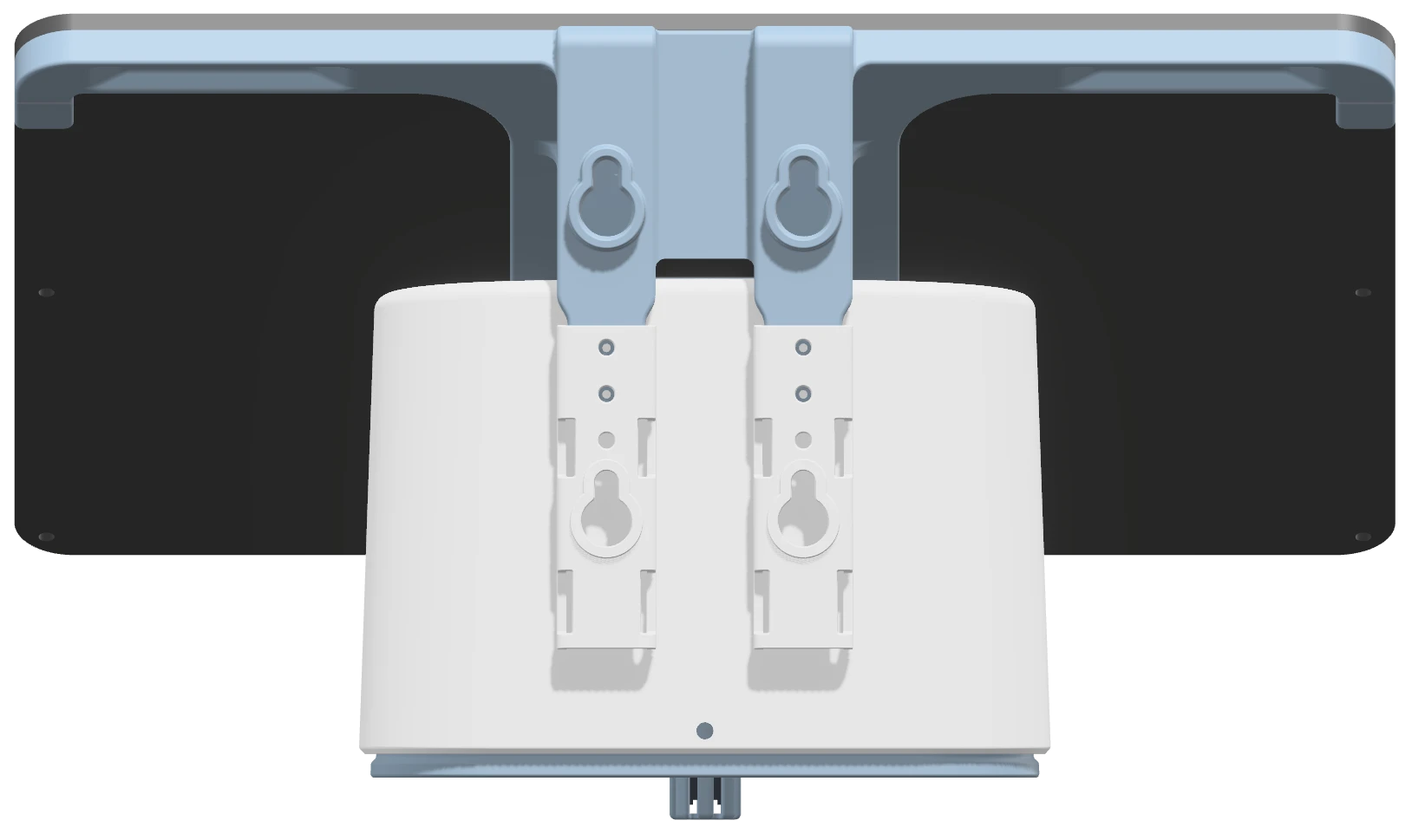
The monitor can be mounted on walls or poles. For pole mounting, use two stainless steel zip ties and feed them through the zip tie holders. Alternatively you can use two screws and mount the monitor on a wall. To prevent theft, there is a small hole on the monitor that you can use with a secure screw to prevent the monitor from easily taken off.
The enclosure is fully weatherproof so it can be mounted being exposed to the elements.
The enclosure has been designed with two primary goals, firstly to ensure accurate measurements of the air quality and secondly to be robust and long lasting.
For accurate measurements it is important that there is a good airflow to the sensor modules, that air loops in front of the sensor modules are avoided and that the risk of condensation inside the enclosure is as much as possible reduced.
The enclosure itself is very robust and consists of high quality ASA plastic that gives an excellent durability as well as UV protection.

Countries our customers are located

Monitors sold in 2024

Downloaded open-source designs

Community members

Views on YouTube
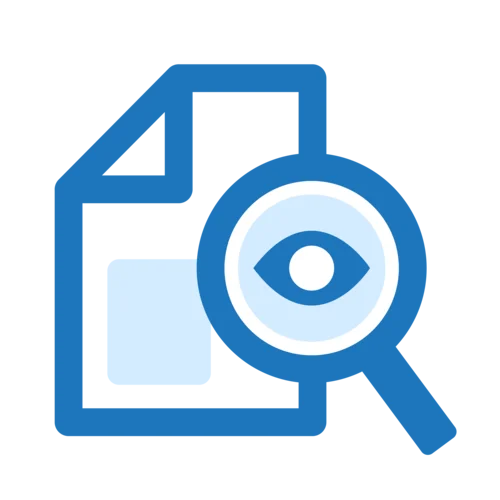
Research partners
Curious about upcoming webinars, company updates, and the latest air quality trends? Sign up for our weekly newsletter and get the inside scoop delivered straight to your inbox.
Join our Newsletter